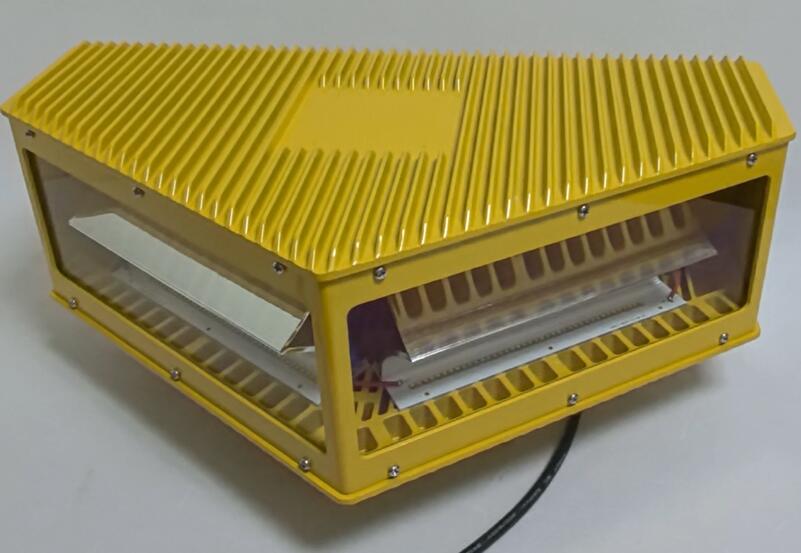Obstruction Light Economics: Understanding Value Beyond the Initial Cost
Introduction: The True Measure of Aviation Safety Lighting
In an era of expanding urban landscapes and increasing air traffic, obstruction light price often becomes the primary focus for procurement decisions. However, savvy buyers understand that the real value lies in system reliability, compliance, and lifecycle performance. This article explores the key considerations that should inform purchasing decisions beyond mere cost factors.
Critical Factors Impacting Obstruction Light Value
1. Regulatory Compliance Requirements
All aviation authorities mandate specific:
Light intensity thresholds
Flash pattern specifications

Color chromaticity standards
Installation height parameters
Systems that fail to meet these standards risk:
Regulatory penalties and fines
| Obstruction Light |
Mandatory replacement orders
Increased liability exposure
2. Technology Selection Considerations
Modern obstruction lighting offers three distinct technology tiers:
Traditional Incandescent Systems
Shortest lifespan (typically 1,000-2,000 hours)
Highest energy consumption
Frequent maintenance requirements
Standard LED Solutions
50,000+ hour operational life
Significant energy savings
Reduced maintenance frequency
Smart Lighting Systems
Remote monitoring capabilities
Predictive maintenance features
Adaptive brightness controls
Integration with air traffic systems
3. Installation and Operational Variables
Site-specific factors dramatically affect total project value:
Structure height and accessibility
Power infrastructure availability
Environmental conditions
Maintenance access challenges
Lifecycle Cost Analysis Framework
Energy Efficiency Comparison
Technology Type Annual Energy Cost* Replacement Frequency
Incandescent High Quarterly
Standard LED Moderate Biannual
Smart LED Low As-needed
*Based on 24/7 operation at commercial electricity rates
Maintenance Requirement Differences
Traditional systems: Require regular bulb changes and photocell replacements
Modern solutions: Feature self-diagnosing components and remote alerts
Advanced systems: Offer predictive maintenance scheduling
The Strategic Value of Smart Lighting
Next-generation obstruction lights provide:
Automated performance reporting
Cloud-based system management
Customizable flash patterns
Weather-responsive operation
These capabilities reduce:
Emergency service calls
Regulatory compliance risks
Aircraft incident potential
Procurement Best Practices
Prioritize certification compliance over initial cost savings
Evaluate total cost of ownership across 5-10 year horizons
Consider future expansion needs and system scalability
Assess vendor support services and warranty terms
Conclusion: Safety as the Ultimate Metric
While obstruction light price remains an important consideration, aviation stakeholders must weigh:
Long-term operational reliability
Regulatory compliance assurance
Accident prevention value
System adaptability
The most economical choice isn't necessarily the lowest initial cost option—it's the solution that delivers uninterrupted safety performance throughout its service life. As airspace complexity grows with drone traffic and urban air mobility developments, this perspective becomes increasingly critical for protecting our shared skies.
